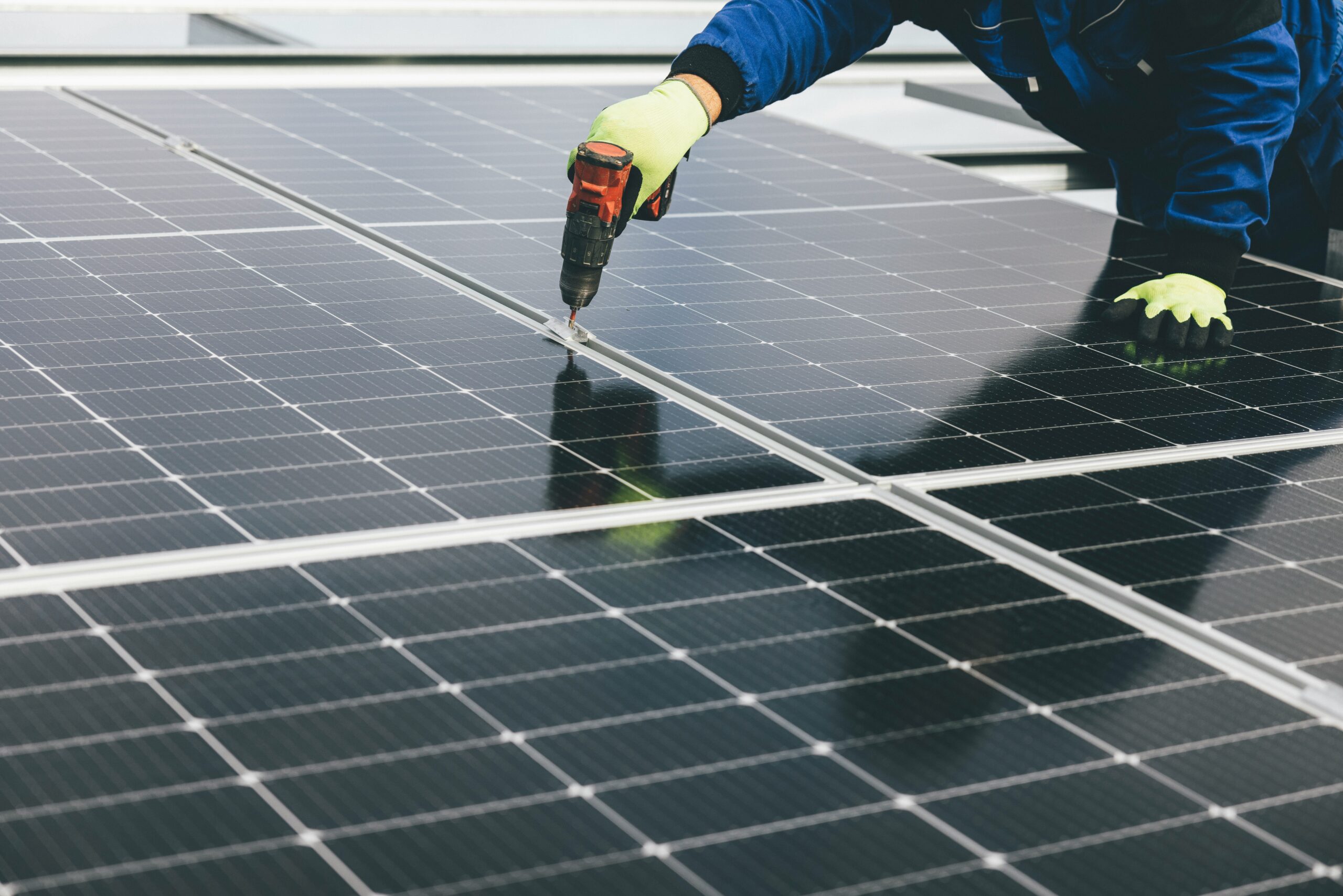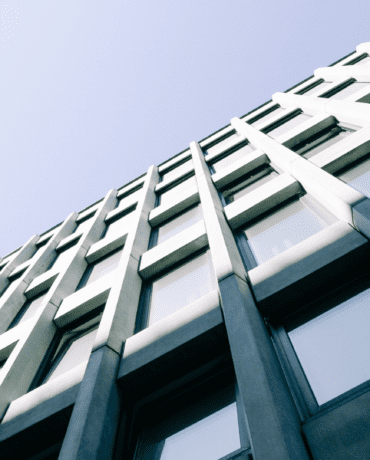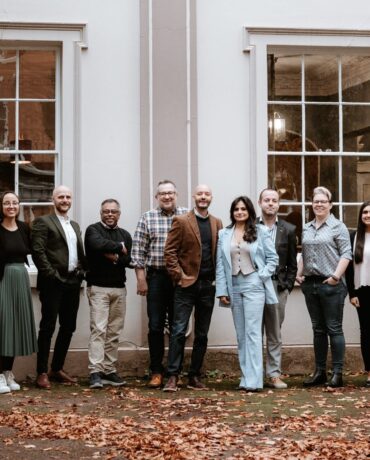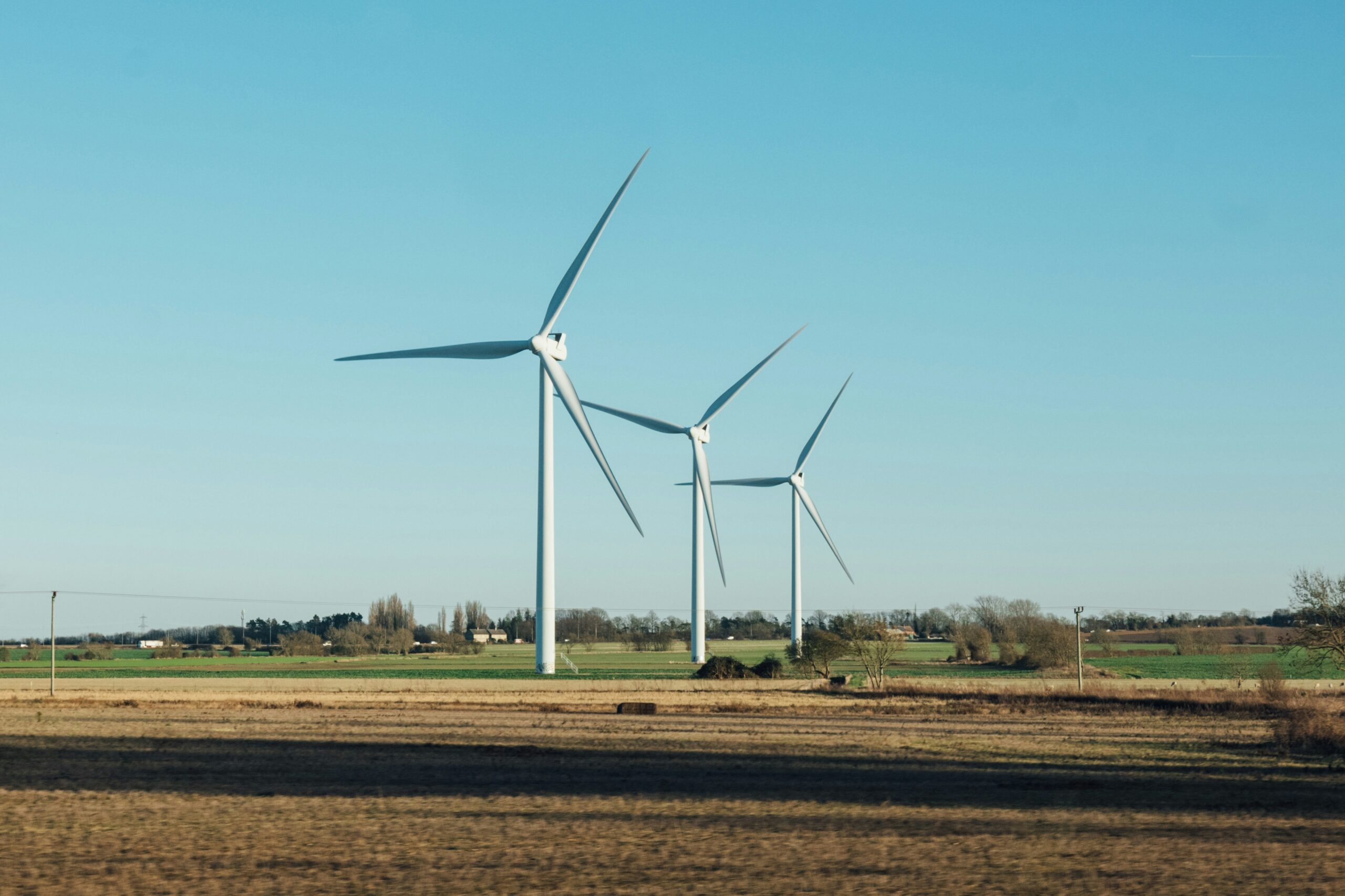Improving Sustainability with Net Zero Energy Buildings.
In today’s climate-conscious world, commercial and residential architecture is continually being shaped by a focus on sustainability. We look at the increasingly popular concept of net zero energy buildings and the different types of energy-efficient technologies.
Net zero energy buildings generate the same amount of energy used by the occupants. This sustainable approach to building design often includes more than one energy efficient technology. From solar to natural ventilation and geothermal systems, there are a multitude of renewable energy sources that can be combined to achieve zero carbon targets.
Solar Design
Solar panels convert sunlight into electrical energy using photovoltaic (PV) panels. The energy is then stored in a battery and used to generate electricity. They are one of the most common, long-standing renewable energy sources. Instead of applying this type of technology after construction, many architects are integrating solar panels into the fabric of the building. One of the key benefits of building solar panels into the roof is the increased efficiencies this can bring to the building. Affixing solar panels to a roof after it has been built is less energy efficient.

Natural Ventilation
Traditionally, ventilation has always been a key factor in building and roof designs. However, natural ventilation can be built into buildings, offering various energy-efficient benefits. By ventilating cool air into buildings, you can lower interior temperatures and improve air quality. Natural ventilation can be a useful approach for reducing temperatures within large commercial buildings and offices. Buildings can also be designed with convection principles to evenly distribute heating, resulting in lower energy costs.
Geothermal Systems
Geothermal heating systems that use natural underground heat are also becoming increasingly popular. Although more common in countries with close access to thermal lava flows, such as Iceland, there are growing developments for its use in the UK. Geothermal energy includes ground-source heat pumps that use low-grade heat in the shallow subsurface. It is becoming increasingly common for commercial developments to share one large ground-source heat pump between multiple business premises for heat generation.
Other Renewable Energy Sources
Wind turbines and kinetic energy sources are continually being improved to increase efficiencies. Mainly limited by their size or energy output, we are likely to see new concepts emerging that embrace these technologies. One key aspect of sustainable design is the reduction of waste materials, including a steady increase of biomass boilers. These systems burn carbon neutral fuels and are increasingly being used for larger industrial developments.
Climate Change Impact
More sustainable design principles are gradually being included within legislation for new constructions. As well as enabling companies to offset their carbon footprint, combining various renewable technologies within architectural concepts can achieve net zero energy buildings. Due to climate concerns, energy-efficient technologies like solar panels, ground-source heat pumps and natural ventilation are being built into modern building designs.
Sustainability is Shaping Architectural Design
Commercial and residential architecture need to embrace renewable energy sources to create energy-efficient buildings. As forward-thinking architects, we always consider sustainability in our design including the concept of net zero energy buildings.
By future-proofing our projects with sustainable practices, we can develop building concepts that benefit both the occupants and the environment.

Talk To An Expert
Contact UsSee More Recent Posts

Navigating the Building Safety Act 2025:...
As commercial properties tend to be more complex in almost every aspect, stricter building...

From Conversation to Action – Achieving...
According to a study conducted by the Fawcett Society in September 2023, ‘only 31%...

Care Home Design and CQC Healthcare...
Enhancing Care Home Environments for Quality Living Care homes play a crucial role in...


